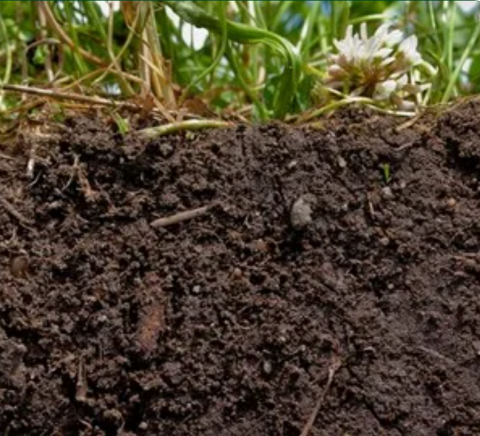Here are three ways farmers can encourage earthworm populations on farm:
1. Reduce cultivation frequency and intensity
Surface dwelling and deep burrowers (which feed on surface organic matter), are sensitive to soil disturbance from conventional tillage.
Cultivations bury their food supply, can kill worms directly, destroy burrows, and damage eggs, which are typically laid in the top 5cm of soil where it is easier for juveniles to reach the surface to feed. Eggs can survive in soil for 2-3 years before hatching when conditions are suitable.
Plough-based horticultural systems have been found to have the lowest worm populations, while the highest are often in direct-drilling and pasture fields.
Although a wholesale shift to direct drilling may not be practical, any reduction in tillage frequency or intensity will benefit worm populations and limit undoing any good work already done.
2. Provide food
A year-round food supply is essential for a healthy worm population.
Leaving stubble on the surface and chopping straw are relatively simple ways of providing surface material for worms to incorporate. Fungi often colonise straw on the surface, which in turn attracts worms.
Straw can take longer to breakdown and digest though, so consider adding other sources where possible. Cover cropping is one option, but preferably choose species that drop leaf litter and leave material on the surface for worms to feed on.
Farmyard manure and compost are other good sources of organic matter. FYM is particularly good and has been shown to help worms mature faster.
3. Correct soil problems
Worms are sensitive to acidity, so avoid pH falling too low. Aim for the same level as required for optimum plant growth (pH 6-7).
Rectify significant structural issues, such as poor drainage or heavy compaction, to improve the underlying conditions for worms to thrive.
Thanks to Jackie Stroud, founder of http://www.wormscience.org, for providing much of this information, based on her fixed-term fellowship at Rothamsted Research.


